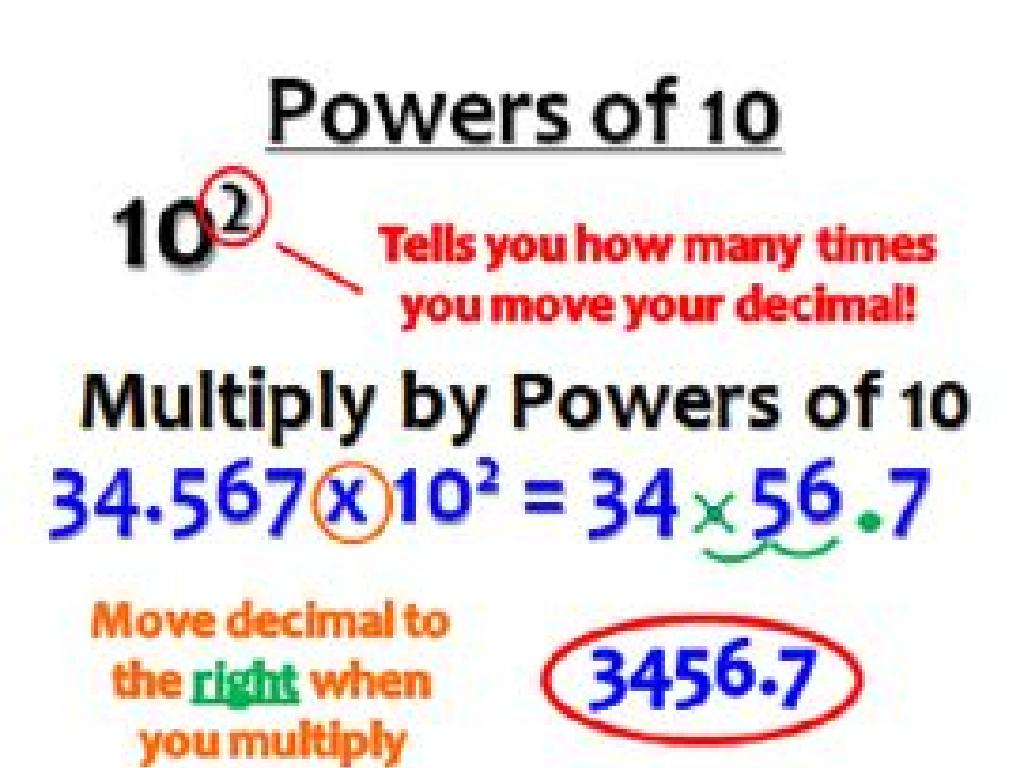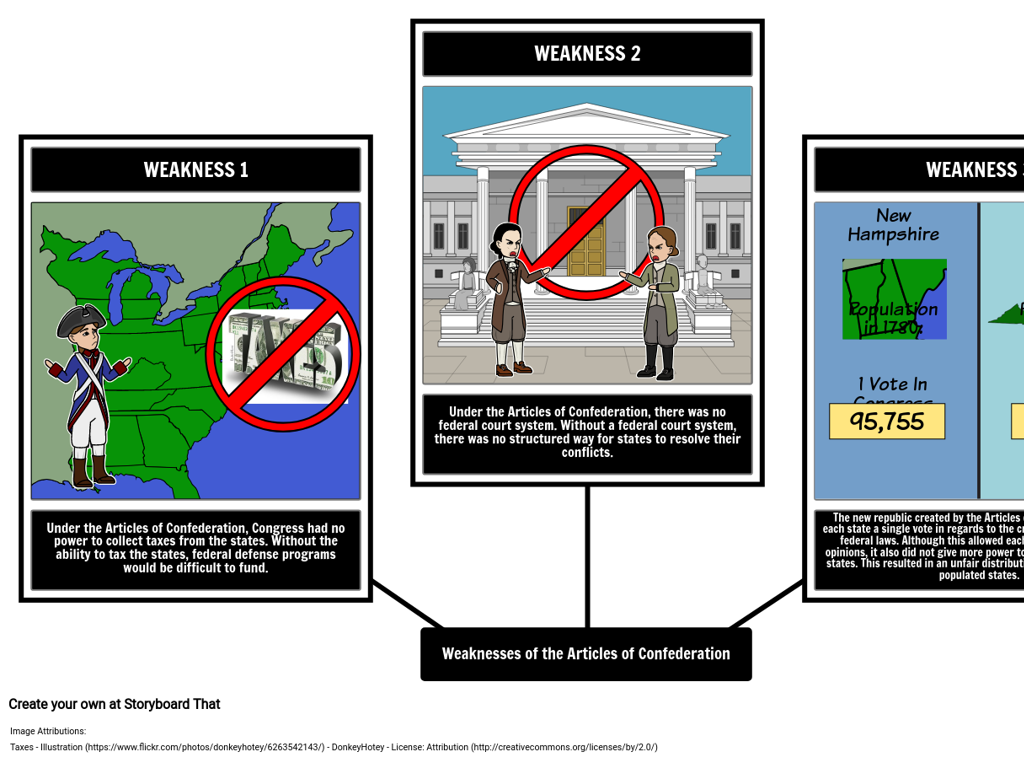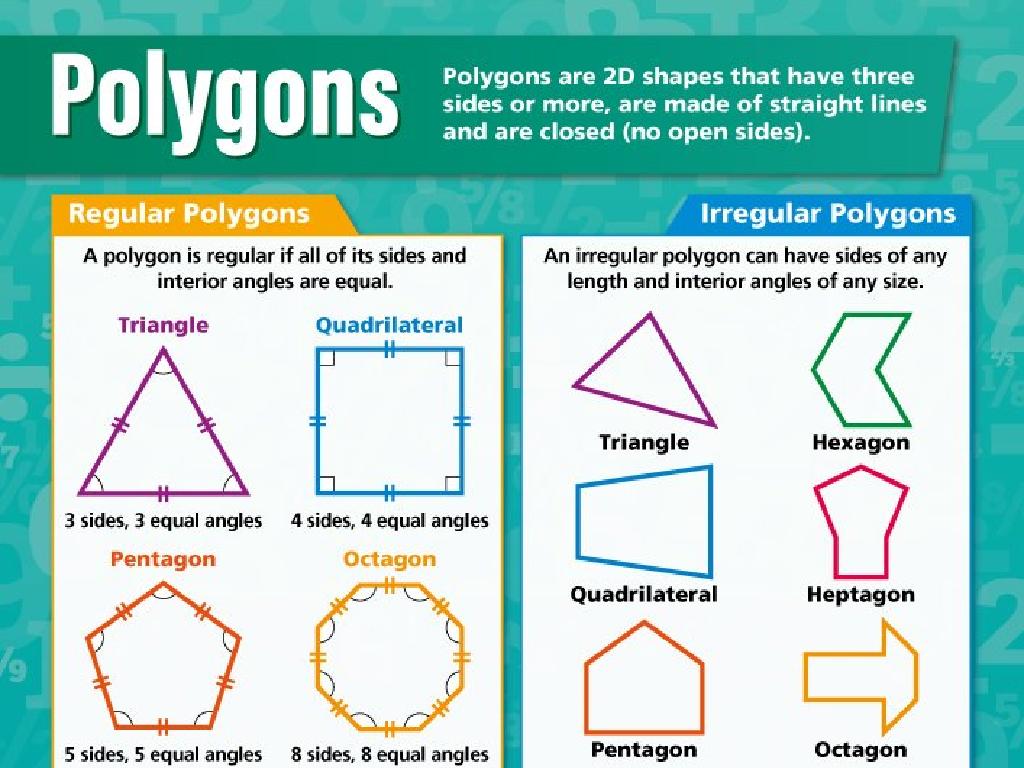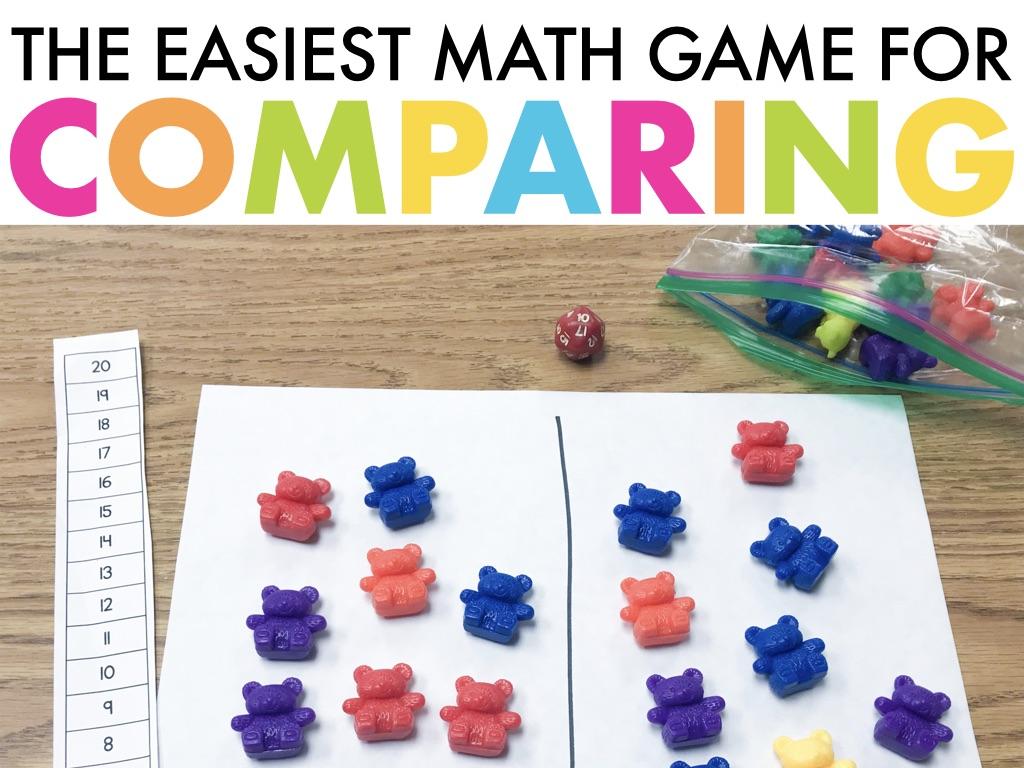Use The Correct Subject Or Verb
Subject: Language arts
Grade: Sixth grade
Topic: Verb Types
Please LOG IN to download the presentation. Access is available to registered users only.
View More Content
Understanding Verbs: The Heart of a Sentence
– Verbs: action or state of being
– Verbs tell us what the subject does or is.
– Subject-verb agreement basics
– The subject and verb must match in number.
– Examples of correct usage
– ‘He runs’ is correct, but ‘He run’ is not.
– Practice identifying subjects and verbs
– We’ll find verbs in sentences and check if they ‘agree’ with the subjects.
|
This slide introduces the concept of verbs as the central element of a sentence, which can express actions or states of being. Emphasize the importance of subject-verb agreement, where the verb must match the subject in number (singular or plural). Provide clear examples to illustrate correct usage, such as ‘The dog barks’ versus ‘The dogs bark.’ Engage students with practice exercises where they identify subjects and verbs in sample sentences and determine if they agree. This foundational knowledge will help students construct grammatically correct sentences, a key skill in language arts.
Understanding Verbs
– Define a verb
– A verb is a word used to describe an action, state, or occurrence.
– Verbs show actions or states
– Actions like ‘run’ or ‘write’, states like ‘exist’ or ‘seem’.
– Verbs indicate occurrences
– Occurrences include events like ‘become’ or ‘happen’.
– Sentence examples with verbs
– ‘She runs daily’, ‘He seems happy’, ‘The show will happen tonight’.
|
Begin with the definition of a verb, ensuring students understand it as a fundamental part of speech. Highlight that verbs are not just about actions but also express states of being and occurrences, broadening their understanding of how verbs function in sentences. Provide clear examples for each type of verb to solidify their learning. Encourage students to identify verbs in sentences and consider their roles. This will help them in constructing sentences correctly and understanding the nuances of verb usage.
Mastering Subject-Verb Agreement
– Subjects & verbs must match in number
– Singular subjects need singular verbs
– ‘He runs’ is correct, but ‘He run’ is not.
– Plural subjects require plural verbs
– ‘They laugh’ is correct, but ‘They laughs’ is not.
– How to find the sentence subject
– Look for the main noun or pronoun to determine the subject.
|
This slide introduces the concept of subject-verb agreement, which is crucial for constructing grammatically correct sentences. Emphasize that verbs must agree with their subjects in number, meaning singular subjects take singular verbs and plural subjects take plural verbs. Provide clear examples to illustrate this point. Teach students strategies for identifying the subject of a sentence, such as finding the main noun or pronoun. Use exercises where students pick out subjects and match them with the correct verb forms to reinforce the lesson. Encourage students to explain why a verb is singular or plural based on the subject.
Exploring Types of Verbs
– Action vs. Linking Verbs
– Action verbs show what the subject does. Linking verbs connect the subject to more information.
– Helping Verbs and Main Verbs
– Helping verbs assist the main verb, showing time or possibility. Main verbs carry the main action or state of being.
– Examples of Verb Types
– ‘Runs’ (action), ‘is’ (linking), ‘have eaten’ (helping + main)
|
This slide introduces students to the different types of verbs: action, linking, and helping verbs. Action verbs are used to express physical or mental actions performed by the subject. Linking verbs, such as ‘am,’ ‘is,’ ‘are,’ ‘was,’ and ‘were,’ serve to connect the subject of the sentence to additional information. Helping verbs, or auxiliary verbs, are used together with a main verb to express the verb’s tense, mood, or voice. Provide clear examples for each type to ensure understanding. Encourage students to identify verbs in sentences and classify them into their respective types. This foundational knowledge will help them in constructing grammatically correct sentences and enhance their writing skills.
Matching Subjects and Verbs Correctly
– Tips for correct verb matching
– Ensure the verb agrees with the subject in number and person.
– Singular vs. plural noun verbs
– Singular nouns take singular verbs, plural nouns take plural verbs.
– Practice with class sentences
– We’ll practice identifying subjects and verbs in sentences together.
– Class participation activity
|
This slide is aimed at teaching students how to correctly match subjects with their corresponding verbs. Start by explaining that the verb must agree with the subject in both number (singular or plural) and person (first, second, or third). Emphasize the importance of identifying whether a noun is singular or plural to choose the appropriate verb form. Use practice sentences to involve the class in identifying and correcting verbs. For the class participation activity, have students come up with their own sentences and then work in pairs or small groups to discuss and correct any verb agreement errors. This interactive approach will help reinforce the lesson and give students practical experience with subject-verb agreement.
Mastering Irregular Verbs
– Defining irregular verbs
– Verbs that don’t follow standard rules of conjugation.
– Common irregular verbs list
– ‘Be’, ‘have’, ‘do’, ‘go’, ‘take’, ‘see’, ‘come’, ‘get’.
– Using verbs in sentences
– ‘I went to the store’ instead of ‘I goed to the store’.
– Practice with examples
– We’ll practice how to use these in class with fun activities.
|
This slide introduces students to irregular verbs, which are verbs that do not follow the typical conjugation patterns. Start by explaining the concept and then provide a list of common irregular verbs for students to memorize. Use examples in sentences to show how these verbs are used in context. Encourage students to recognize patterns and use them in their own writing. In the next class, we will engage in activities such as fill-in-the-blanks and sentence creation to reinforce their understanding and usage of irregular verbs.
Class Activity: Verb Matching Game
– Understand subject-verb agreement
– Pair up for a matching game
– Work together to match subjects with the right verbs
– Find correct subject-verb pairs
– Look for verbs that agree with the subject in number and tense
– Share your findings with the class
– Discuss why the matches are correct
|
This interactive class activity is designed to reinforce the concept of subject-verb agreement. Students will work in pairs to match subjects with their corresponding verbs, ensuring they agree in number (singular/plural) and tense (past/present/future). After the activity, pairs will share their matches with the class, explaining why they believe their matches are correct. This will foster peer learning and discussion. As a teacher, prepare a list of subjects and verbs on separate cards before the class. Consider including a mix of singular and plural subjects, as well as verbs in different tenses, to challenge the students. Possible variations of the activity could include having students create their own sentences with the matches they’ve made or turning the exercise into a competition to see which pair can make the most correct matches.
Wrapping Up: Subject-Verb Agreement
– Recap subject-verb agreement rules
– Ensure the subject and verb in a sentence match in number.
– Importance of correct verb forms
– Using the right verb form makes sentences clear and grammatically correct.
– Homework: Verb Agreement Worksheet
– Complete the provided worksheet to practice what we’ve learned.
|
As we conclude today’s lesson, it’s crucial to remind students of the rules of subject-verb agreement to ensure they understand that subjects and verbs must match in number. Emphasize the importance of using the correct verb forms to maintain clarity and grammatical accuracy in their writing. For homework, assign the Verb Agreement Worksheet to reinforce today’s lesson. This worksheet will provide students with the opportunity to apply the rules of subject-verb agreement in various contexts. Encourage students to review their notes and the examples discussed in class if they encounter difficulties while completing the worksheet.






